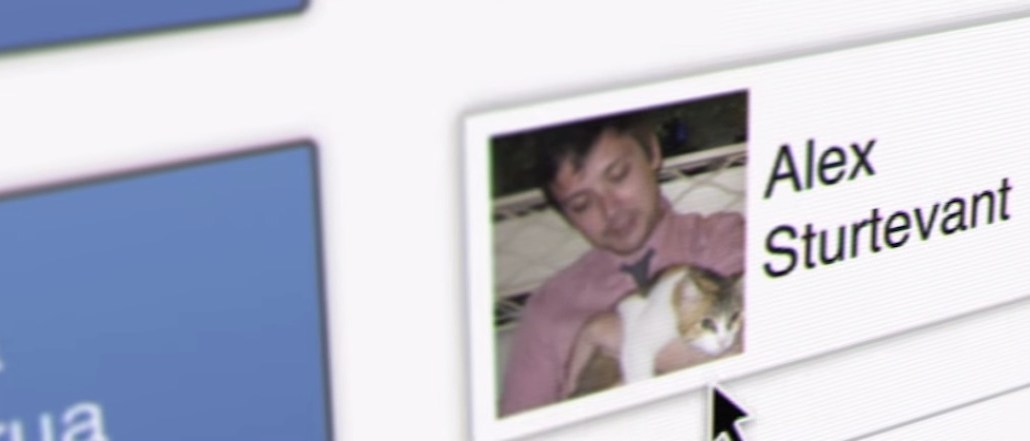
The end could very well be neigh for Google’s “Facebook killer.” Google+ is once again shuttering a major part of itself.
Google announced Monday that people will no longer need a Google+ account to use its services, like signing into YouTube. Moving forward, people can use their Gmail address to use Google services like Photos and log-in to YouTube to create channels and write “yass queen” on Carly Rae Jepsen videos.
“People have told us that accessing all of their Google stuff with one account makes life a whole lot easier,” wrote Google’s vp of product Bradley Horowitz. “But we’ve also heard that it doesn’t make sense for your Google+ profile to be your identity in all the other Google products you use.”
Google is streamlining the process in the coming months, beginning with YouTube. More importantly, Google Accounts aren’t “searchable or followable,” he said, unlike your pesky Google+ account — meaning YouTube comments won’t be shared on individual profiles.
Google says that the bungled social network won’t be completely scrapped and will continue to provide an “interest-based social experience” for the small amount of loyal users. But today’s news makes it all but dead for regular people.
Let’s review how it got here:
June 2011: Google+ launches.
“In this basic, human way, online sharing is awkward. Even broken. And we aim to fix it.” That was the bold claim laid out by Google on launch date, envisioning a better connected world organized into circles of friends. Ultimately, it was positioned as a Facebook killer that did anything but.
February 2012: Shady user numbers.
After initially booming with curiosity from users, Google+ fluttered back to earth with unfavorable press. Google CEO Larry Page said it racked up 90 million users, yet the Wall Street Journal called it a “virtual ghost town” compared to Facebook. ComScore numbers showed that people were signing up, but that was because of a “brute force” sign-up process (see: YouTube accounts) and no one was engaging with it.
March 2012: Defending Google+.
At South by Southwest a month later, former executive Vic Gundotra defended the purpose of Google+, describing it as a “social layer across all of Google’s services.”
He said, according to the Huffington Post:
“You can think of Google+ as Google 2.0. It’s the next generation of Google,” Gundotra said. “The old Google was siloed; your identity and how you share with your family was different across each product. In the new version of Google, we know your name, we understand your circles and we make every service better.”
Yikes. That didn’t turn out well!
April 2014: Gundotra out.
After two years of steep traffic declines and universal rejection from users, Gundotra announced he was leaving the company. Without his leadership, the writing was on the wall that Google was deboning itself from Google+. TechCrunch labeled the service as the “walking dead” and the unit’s employees were shifted to other departments.
March 2015: Google+ splits into two.
With Horowitz in charge, his first move was breaking it into two different entities: Photos and Streams. Horowitz didn’t explicitly write out Google+, signaling the first time the company was shifting away from the branding.
“It’s important to me that these changes are properly understood to be positive improvements to both our products and how they reach users,” he said at the time.
Apparently a positive improvement includes gutting Google+ even further.
More in Media

Media Briefing: Publishers who bet on events and franchises this year are reaping the rewards
Tentpole events and franchises are helping publishers lock in advertising revenue.

With Firefly Image 3, Adobe aims to integrate more AI tools for various apps
New tools let people make images in seconds, create image backgrounds, replacing parts of an image and use reference images to create with AI.

Publishers revamp their newsletter offerings to engage audiences amid threat of AI and declining referral traffic
Publishers like Axios, Eater, the Guardian, theSkimm and Snopes are either growing or revamping their newsletter offerings to engage audiences as a wave of generative AI advancements increases the need for original content and referral traffic declines push publishers to find alternative ways to reach readers.





